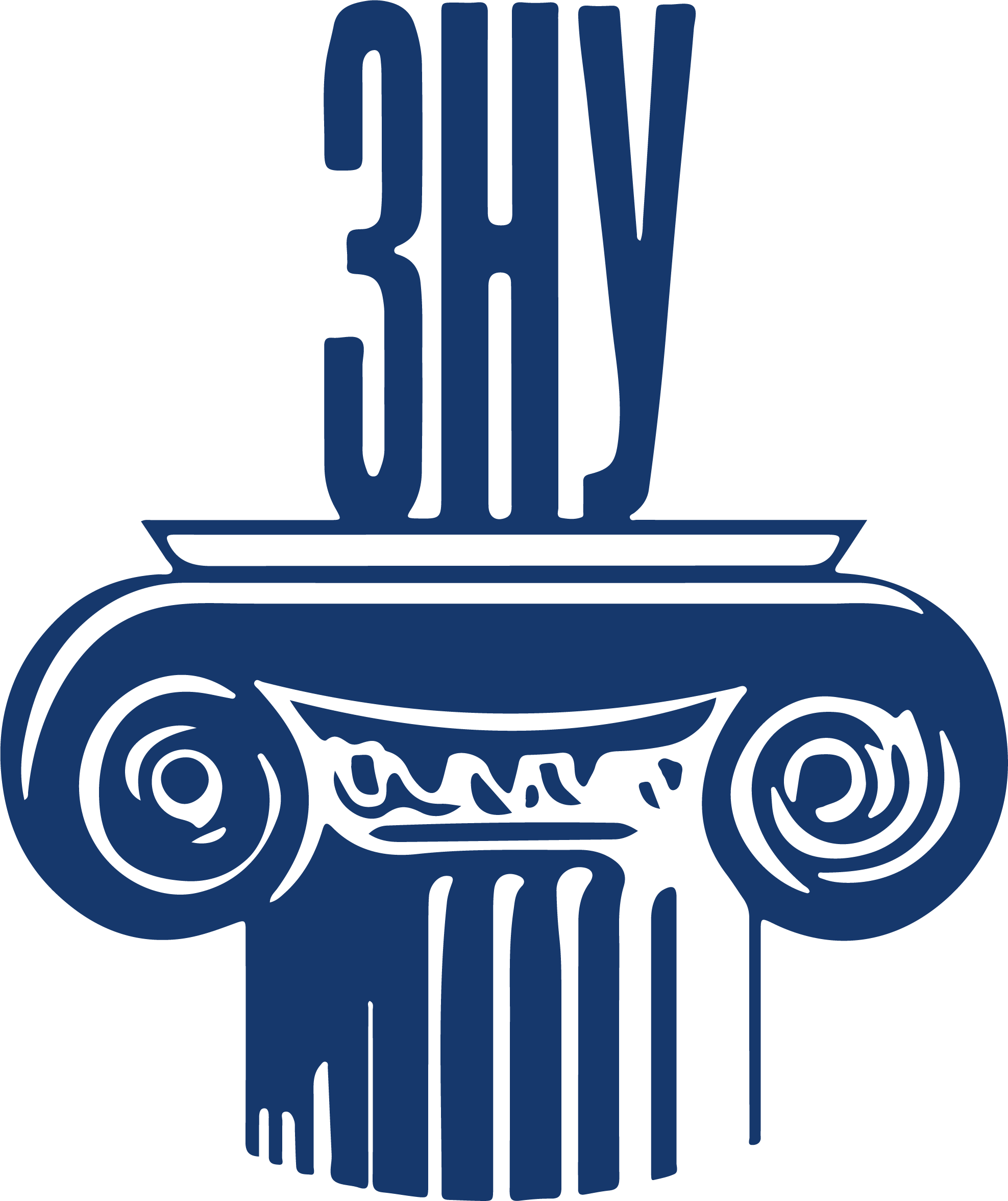NON-STANDARD PERFORMATIVE EXPRESSIONS OF THE PROHIBITION AND THEIR SEMANTIC AND MODAL CORRESPONDENTS
Abstract
This research paper deals with the speech act of prohibition and its realization in speech. It has been found that prohibition is an independent semantic type of inducement, which is realized in speech activity by multilevel linguistic means grouped on a pragmatic basis, taking into account the functions they perform. It has been determined that non-standard performative expressions of prohibition include constructions of five semantic groups. The prohibition indicators of two groups were analyzed: semantic equivalents of standard performatives and modal-semantic equivalents of standard performatives. The non-standard performative uses of the speech acts of prohibition include the constructions forbidden; forbidden; will not allow; not allowed; not permitted. The grammatical basis of these expressions is the verbs forbid, not to allow in the first person singular or plural future tense or in the impersonal form of -ся, -но, which are used as a prohibition on a request for permission. The first group of non-standard performative expressions of prohibition includes semantic equivalents of standard performatives, which are indicators of "prohibition-warning", "prohibition-instruction" (short and concise in content) and "prohibition-instruction" (capacious and widespread). It has been determined that modal-semantic correspondences in speech acts of prohibition are represented by two groups: 1) impossibility; 2) wrongdoing. The prohibition of impossibility in oral and written speech is represented by the words of the category of state can with the particle not in the preposition, should, must with the semantics of guilt in the negative form (with the particle not), which can be used to prohibit the thought, view or action referred to in the stimulus statement. The reasons and prerequisites for certain modal shades in prohibition constructions are read and interpreted from the context of their use.
References
2. М’ясоєдова С. В. Категорія спонукання і її вираження і непрямих висловленнях сучасної української мови : автореф. дис.… канд. філол. н. : 10.02.01, Харків, 2001.
3. Рябокінь Н. О. Комунікативно-прагматичний і структурно-семантичний потенціал мовленнєвих актів позитивної та негативної реакції. : дис. … канд. філол. наук : 10.02.01. Харківський пед. ун-т ім. Сковороди, Харків, 2015. 212 с.
 ISSN
ISSN 


.png)



